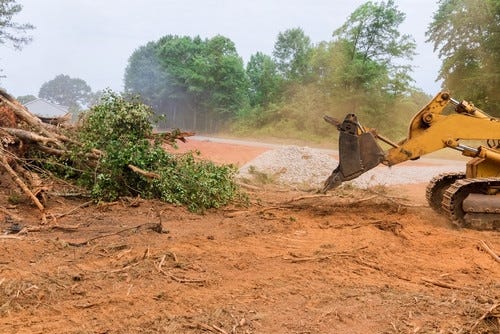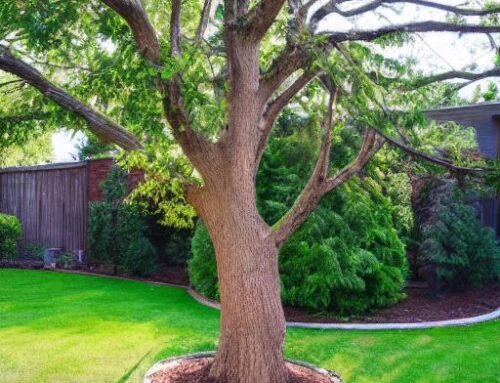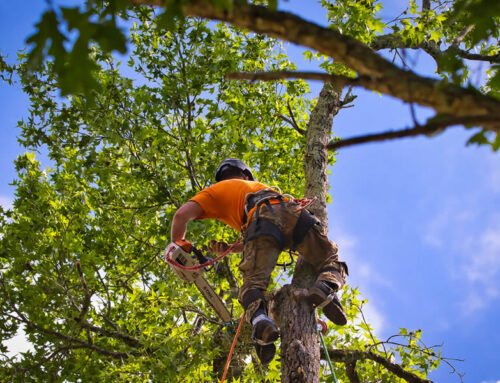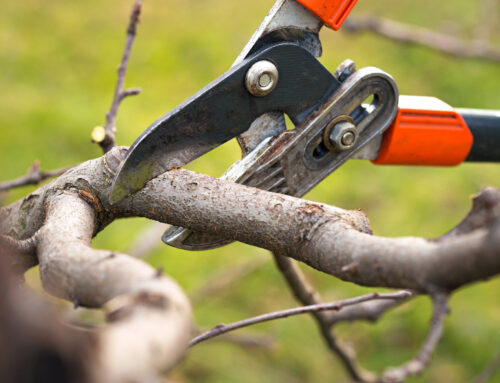Have you ever considered the intricate relationship between lot and land clearing and the progress of urban development? As professionals in this field, we have witnessed firsthand how the initial stages of clearing can set the foundation for transformative growth in our cities. The meticulous planning and execution of land clearing operations not only create space for new projects but also shape the way communities evolve and thrive. Stay tuned to unravel the layers of significance behind this crucial process and discover how it influences the urban landscape we inhabit.
Lot and Land Clearing
In our line of work at Henderson Tree Service, lot and land clearing serves as the initial step in preparing a site for urban development. We, the dedicated team at Henderson, take pride in our role of transforming raw land into spaces where communities can thrive. Clearing land is not just about removing trees and debris; it’s about laying the foundation for progress and growth.
As we enter a new project, our first task is to assess the land and understand its unique characteristics and challenges. By working closely with developers and city planners, we ensure that the clearing process aligns with the vision for the area. Through our expertise and commitment to excellence, we create spaces that are not only functional but also harmonious with the surrounding environment.
Each tree we remove, each acre we clear, is done with precision and care. We understand the impact our work has on the landscape and the community. That’s why we approach each project with a sense of responsibility and stewardship, knowing that our efforts today will shape the future for generations to come.
At Henderson Tree Service, we don’t just clear land; we pave the way for progress. Join us as we embark on this journey of transformation and growth together.
The Benefits and Purposes of Clearing Land
As we assess the land for clearing, we uncover the numerous benefits and purposes that come with this essential step in urban development. Clearing land allows us to create space for new construction projects, whether it be residential homes, commercial buildings, or public infrastructure. By removing obstacles such as trees, brush, and rocks, we pave the way for progress and development in our community.
Moreover, land clearing helps enhance safety by eliminating potential hazards like overgrown vegetation that can pose fire risks or obstruct visibility on roads. It also aids in improving accessibility, making areas more navigable for both construction purposes and everyday use by residents.
In addition to these practical benefits, clearing land can contribute to the aesthetic appeal of our environment. It allows for landscaping opportunities, creating green spaces, parks, and recreational areas that enhance the overall beauty and livability of our urban landscape.
Furthermore, land clearing plays a crucial role in increasing property values by preparing lots for construction, attracting new investments, and fostering economic growth in our community. As we embark on this journey of urban development, the benefits and purposes of clearing land become apparent, shaping the future of our city for generations to come.
Environmental Considerations and Best Practices
Upon considering the impact of land clearing on our environment, it is imperative to prioritize environmental considerations and implement best practices to ensure sustainable urban development. As a community, we must acknowledge that land clearing, if not done responsibly, can have detrimental effects on our surroundings. To mitigate these risks, it is vital to adhere to strict guidelines that safeguard our ecosystem.
When engaging in lot and land clearing activities, we should strive to minimize soil erosion by utilizing erosion control measures such as silt fences and sediment traps. Additionally, preserving natural habitats and biodiversity should be at the forefront of our efforts. By carefully planning the clearing process and identifying areas of ecological significance, we can protect wildlife and maintain the balance of our local flora and fauna.
Furthermore, it is crucial to properly dispose of any waste generated during land clearing. Recycling materials like wood and vegetation can reduce the strain on landfills and promote a more sustainable approach to development. Implementing erosion control practices, protecting biodiversity, and responsibly managing waste are all integral components of environmentally conscious land clearing practices that contribute to the long-term health of our urban environment. Together, we can foster a harmonious relationship between development and nature, ensuring a vibrant and sustainable future for generations to come.
How Tree Service Companies Facilitate Urban Development
To enhance urban development, tree service companies play a crucial role in maintaining green spaces and promoting sustainable landscaping practices. Our neighborhoods thrive when tree service companies work their magic, ensuring that trees are healthy and well-maintained. These companies contribute to the overall aesthetics of our urban areas, making them more inviting and pleasant. By trimming branches, removing dead trees, and planting new ones, tree service companies enhance the beauty of our surroundings and create a harmonious environment for everyone to enjoy.
Moreover, tree service companies help in the preservation of green spaces within urban landscapes. They understand the importance of trees in combating pollution, providing shade, and supporting biodiversity. Through their expertise, they ensure that trees are strategically planted and cared for, contributing to a healthier and more sustainable ecosystem in our cities. Additionally, these companies play a vital role in promoting sustainable practices such as proper tree pruning techniques, mulching, and tree recycling, which ultimately benefit the environment and the community as a whole.
In essence, tree service companies are instrumental in shaping the urban environment we all desire. Their efforts not only beautify our surroundings but also create a sense of belonging and pride among residents. By working hand in hand with these companies, we can ensure that our urban spaces remain green, vibrant, and sustainable for generations to come.
Preparing for the Future Responsibly
In our quest for sustainable urban development, we must proactively prepare for the future by implementing responsible practices and embracing innovative solutions. As a community invested in the well-being of our urban spaces, we must consider the long-term impact of our actions. By adopting forward-thinking strategies, we can ensure that our cities thrive for generations to come.
One key aspect of preparing for the future responsibly is incorporating green infrastructure into our development plans. This includes preserving green spaces, planting trees, and implementing sustainable stormwater management systems. These efforts not only enhance the beauty of our urban environment but also improve air quality, mitigate the urban heat island effect, and promote biodiversity.
Furthermore, we must prioritize sustainable construction practices that minimize waste generation and energy consumption. Utilizing recycled materials, optimizing building designs for energy efficiency, and promoting renewable energy sources are essential steps towards reducing our ecological footprint.
Collaboration among stakeholders, including city planners, developers, residents, and environmental experts, is vital in shaping a sustainable future for our urban areas. By working together and sharing knowledge, we can address the challenges of urban development while preserving the natural environment.
Frequently Asked Questions
What Are the Potential Challenges or Obstacles That May Arise During the Lot and Land Clearing Process?
When clearing lots and land, we face obstacles like navigating regulations, preserving natural habitats, and managing debris. It’s crucial to balance progress with environmental sustainability, community needs, and safety to ensure successful urban development.
How Does Lot and Land Clearing Impact Local Wildlife and Ecosystems in the Area?
The impacts of lot and land clearing on local wildlife and ecosystems are immense. Habitats are harmed, species suffer, and ecosystems are disrupted. Balancing development needs with environmental conservation is vital for sustainable urban growth.
Are There Any Regulations or Permits Required for Lot and Land Clearing in Urban Areas?
Yes, there are regulations and permits required for lot and land clearing in urban areas. We must adhere to local laws to ensure responsible development. Failure to comply can result in fines and harm to the environment.
What Are Some Alternative Methods or Technologies for Sustainable Land Clearing Practices?
We’ve explored alternative methods for sustainable land clearing. Options like mulching, controlled burns, and selective clearing promote environmental preservation while supporting urban development. These practices balance progress with ecological responsibility, ensuring a harmonious future.
How Can Property Owners Ensure That the Cleared Land Is Properly Maintained and Utilized After the Clearing Process Is Complete?
After land clearing, we work to ensure the cleared area thrives. We plant native species, install erosion controls, and set up maintenance plans. Our goal is to promote sustainable land use and create thriving urban spaces.






